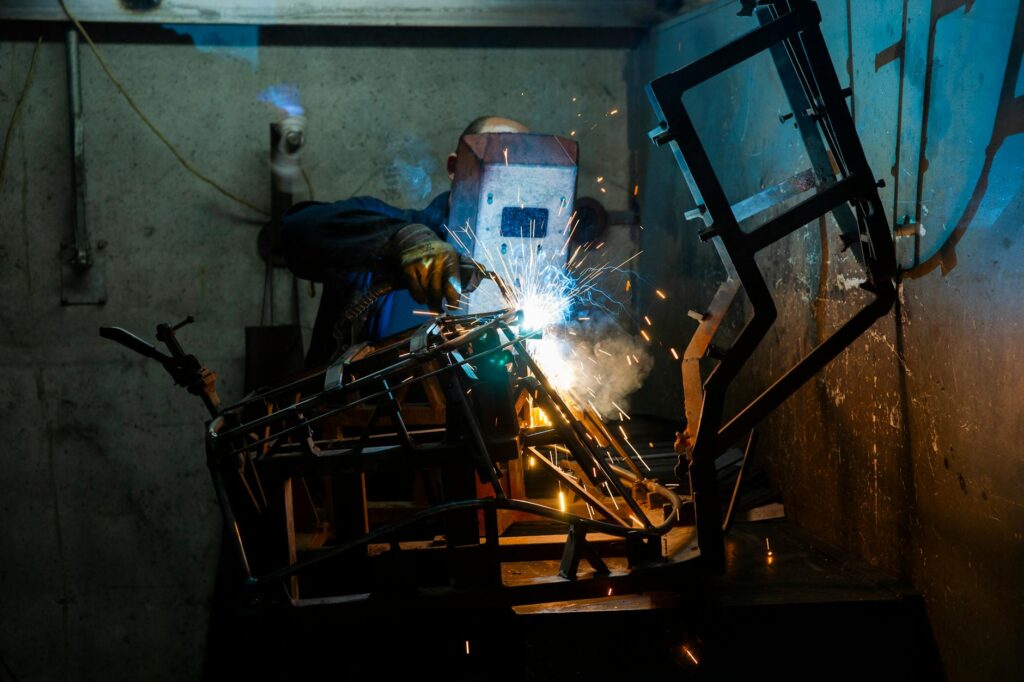Welding machines are essential tools businesses in the manufacturing sector use to join metals and other materials.
Because many welding processes are involved, choosing the right type of welder for the job is essential.
According to experts at Micro Weld, each welding machine comes with unique capabilities and features, with varying characteristics and prices. Here are common types of welding machines you can invest in the manufacturing industry:
- MIG Welding Machine
An MIG welding machine is commonly used in homes, construction sites, and factories. It is versatile and can handle various metals, such as aluminum, sheet metal, and stainless steel.
The machine often uses arc welding processes, which involve feeding solid wire electrodes and using a welding gun in the weld pool to fuse metals or materials. Among the benefits of using this machine are its quick performance and capability to last long.
- TIG Welding Machine
This machine, central to Tig Welding Services, stands out as one of the most versatile and complex to master. Typically, it requires both hands for operation: one to feed the rod and the other to control the torch. The torch, essential for generating the welding arc and heat, facilitates the joining of various metals, including titanium, cobalt, copper, nickel, steel, and aluminum.
A microscopic TIG welding machine can weld bronze, brass, copper, gold, magnesium, nickel alloys, stainless steel, steel, aluminum, and chromoly. It can also be helpful in door handles, lawnmowers, fenders, and bike frames.
- Stick Machine
This standard machine is found mainly in welding workshops, making accessories, replacements, and repairs much more accessible.
You can also find the machine with current DC and AC capabilities. The machine uses a flux-covered electrode rod. This flux offers protection against contaminants.
- Plasma Arc Machine
Plasma arc machines use a jet of ionized gas to help create welds. These machines can be used to weld materials that are more difficult to weld with other techniques, including super alloys and titanium.
These machines are the same as TIG machines. However, they have an anode that surrounds tungsten electrodes, constricting the arc and allowing the machine to aim for laser precision. They are primarily used in the aerospace industry.
- Submerged Arc Machine
SAW (submerged arc welding) machines create electric arcs between the workpiece and continuously-fed electrodes. This machine’s reusable powder fluxes substitute gas shields, leading to quality welds.
SAWs are semi-automatic or automatic and require minimal operator experience, making them suitable for nickel and steel alloys, steel, and stainless steel.
Unfortunately, because of their automated configurations, these machines aren’t portable. However, pipelines and plumbing mainly benefit from them.
Different welding machines often cater to various welding applications and processes, each providing unique benefits. Your choice of welding machines depends on the required quality, production volume, joint design, and material type. By understanding the features of different machines, you can make the right decisions that ensure effective and efficient welding processes.

